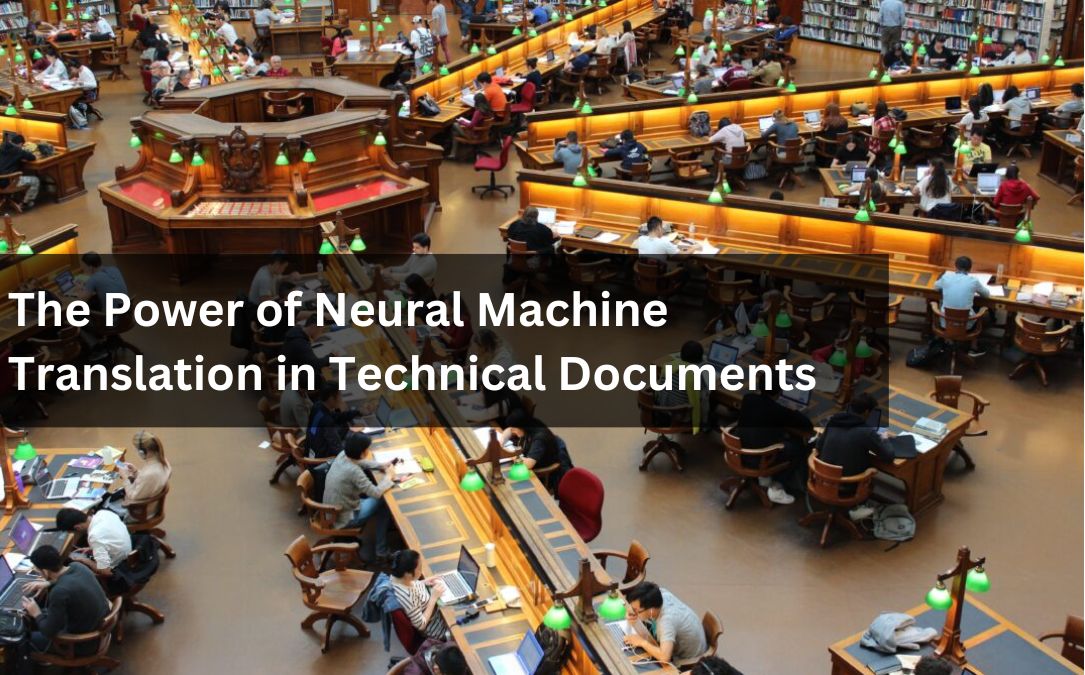Neural Machine Translation (NMT) has emerged as a cutting-edge technique revolutionizing the way we approach language translation. When it comes to technical documents, accuracy and nuance are paramount, making NMT an invaluable tool for organizations seeking precise and reliable translations. In this article, we will explore how the implementation of NMT, including specific models, training data, and quality evaluation metrics, contributes to the delivery of superior translations for technical content.
Neural Machine Translation Models:
NMT relies on deep neural networks to learn complex patterns in language and produce more contextually accurate translations. State-of-the-art models like Transformer have proven to be highly effective in capturing long-range dependencies and contextual information. The self-attention mechanism in Transformer models enables them to weigh the importance of different words in a sentence, improving the overall quality of translations. Companies leveraging NMT for technical documents often opt for custom adaptations of these models, fine-tuned for domain-specific terminology and jargon.
Training Data:
The success of an NMT model hinges on the quality and diversity of the training data. For technical translation, it is essential to curate a dataset that encompasses a wide range of domain-specific documents. This may include technical manuals, research papers, and industry-specific literature. Additionally, parallel corpora – pairs of sentences in the source and target languages – are crucial for training the model to understand the contextual nuances of technical content. Companies often invest in collecting and annotating specialized datasets to ensure that their NMT models excel in translating technical documents accurately.
Quality Evaluation Metrics:
Measuring the performance of NMT models is a multifaceted process that requires robust evaluation metrics. Commonly used metrics include BLEU (Bilingual Evaluation Understudy), TER (Translation Edit Rate), and METEOR. BLEU assesses the precision of translations by comparing them to human reference translations, while TER measures the number of edits required to align the machine-generated translation with the reference. METEOR considers additional factors such as stemming and synonymy, providing a more holistic evaluation of translation quality.
In the realm of technical document translation, quality evaluation becomes even more nuanced. Companies often develop custom metrics that account for domain-specific terminology, syntax, and coherence. Human evaluation, involving domain experts assessing the translations for accuracy and technical correctness, remains a crucial component of the quality assurance process. This iterative feedback loop helps refine the NMT models further and ensures continuous improvement in translation quality.

